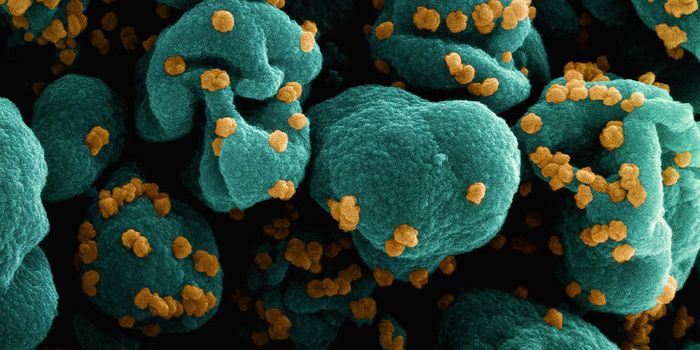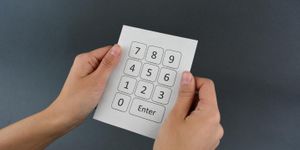Scalp Implants Monitor Epileptic Seizures
Neuroscientists have developed devices that, when implanted under the scalp of individuals living with epilepsy, can monitor and record seizures over time to better manage the condition clinically. Presently, physicians rely heavily on patient self-reporting in the form of “seizure diaries” in order to map the frequency and triggers of epileptic episodes in order to tailor their medication. This is highly subjective, considering that over half of seizures are not known to patients.
This new wave of brain monitoring technologies use subscalp electroencephalography, or EEG, and are regarded by neuroscientists as a minimally invasive and reliable alternative to self-reporting, as reported in a recent article in Epilepsia. Co-author Maxime Baud from Bern University Hospital said, “Our current epilepsy treatment plans are primarily based on short-term brain activity data from EEG caps during a hospital visit. Epileptic seizures can occur months apart and come in cycles, so we need ways to, continuously and accurately, monitor brain activity in the home environment.”
One of the innovations highlighted in the article is the Epios™ system, which can be customized to the patient, with a series of sensing electrodes linked to a tiny implant that is inserted just beneath the scalp. The electrodes pick up brain activity signals and transmit them wirelessly to an external receiver, worn behind the patient’s ear. The device also measures the heart rate, patient movements, and surrounding audio, uploading all this data to secure and centralized cloud storage.
George Kouvas from the Wyss Center and co-author of the article said: “In parallel to the recording devices, we are constantly optimizing our high performance analytics software with algorithms that could help clinicians draw meaningful conclusions from the vast amount of data recorded by these long-term systems.”
“We are already working towards adapting these new technologies to help patients with other brain disorders manage their daily life, such as with tinnitus and stroke,” Kouvas added.
Sources: Epilepsia, Technology Networks.









